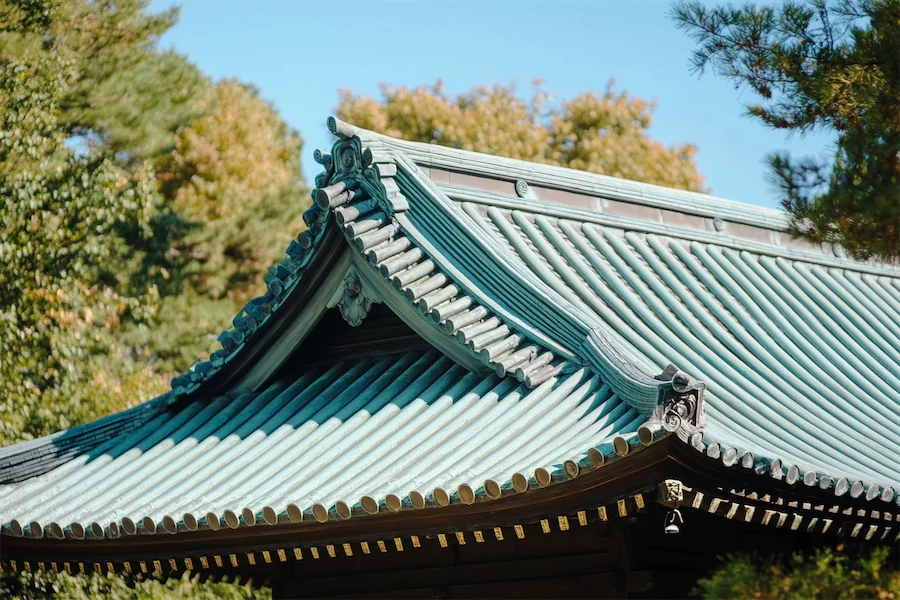Zinc roofing is a premium metal roofing option known for its durability, longevity, and distinctive aesthetic appeal. Utilizing zinc panels or sheets, this roofing material offers a range of benefits for both residential and commercial applications.
History and Origins of Zinc Roofing
The use of zinc in roofing dates back to the 19th century in Europe, particularly in countries like Belgium, France, and Germany, where it served as a cost-effective alternative to more expensive materials such as copper and lead. In the United States, zinc-coated metals were introduced in the 1830s, with “galvanized” sheet iron roofing being used in New York City by 1839. The Merchant’s Exchange in Manhattan was among the first buildings to feature both a galvanized roof and gutters. Over time, zinc roofing has gained popularity due to its longevity and low maintenance requirements.
Key Features of Zinc Roofing
- Longevity: Zinc roofs can last between 80 to 100 years or more, making them one of the longest-lasting roofing materials available.
- Patina Formation: Over time, zinc develops a protective patina that shields it from corrosion and environmental factors. This patina not only enhances durability but also gives the roof a distinctive appearance, transitioning from a shiny silver to a matte bluish-grey.
- Self-Healing Properties: The patina allows zinc to self-heal minor scratches and imperfections, maintaining its aesthetic appeal over time.
- Eco-Friendliness: Zinc is 100% recyclable and requires less energy to produce compared to other metals, contributing to its sustainability.
- Low Maintenance: Once installed, zinc roofs require minimal maintenance, as the patina continuously renews itself, reducing the need for repairs.
Applications of Zinc Roofing
Zinc roofing is versatile and can be used in various architectural styles, including:
- Residential Homes: Provides a unique and modern aesthetic while offering long-term protection.
- Commercial Buildings: Ideal for structures seeking a durable and low-maintenance roofing solution.
- Historic Renovations: Suitable for restoring historical buildings due to its traditional use and appearance.
Considerations When Choosing Zinc Roofing
- Cost: Zinc roofing is a premium material, with installation costs ranging from $6 to $11 per square foot. For a standard 3,000 square foot roof, the total installation cost would be approximately $18,000 to $33,000. While more expensive than traditional asphalt shingles, zinc offers superior longevity and durability.
- Patina Development: The patina formation process can be unpredictable, with the timeline and final color varying based on environmental factors. In damp and humid climates, the patina develops more rapidly, leading to tonal variations across the roof.
- Installation Expertise: Proper installation is crucial to prevent issues such as moisture entrapment, which can lead to corrosion. It’s essential to hire experienced professionals familiar with zinc roofing techniques.
Conclusion
Zinc roofing offers a blend of durability, sustainability, and aesthetic appeal, making it a compelling choice for various building projects. Its long lifespan and low maintenance requirements can offset the higher initial investment, providing value over time. However, considerations regarding cost, patina development, and installation expertise are essential when deciding if zinc roofing is the right fit for your needs.
